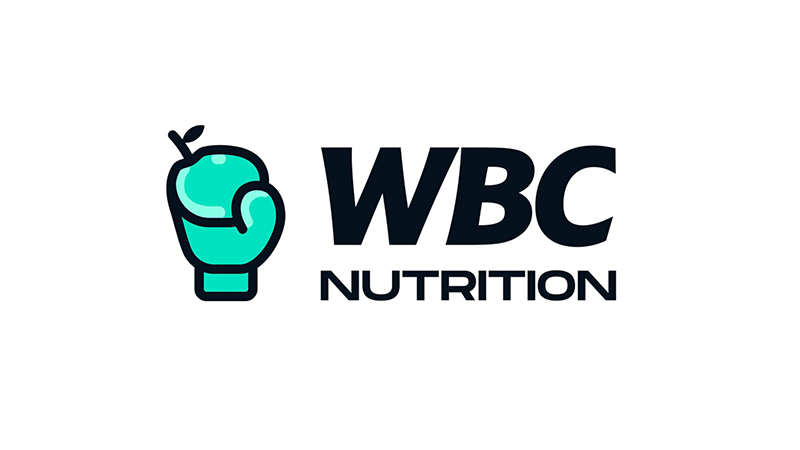
WBC Nutrition Committee: When It’s Not Gout, It May Be Pseudogout – What Causes Gout?
By Dr. Phillip Goglia
When It’s Not Gout, It May Be Pseudogout
Gout is sometimes confused with other forms of arthritis because the symptoms—acute and episodic attacks of joint warmth, pain, swelling, and stiffness—can be similar. One form of arthritis often confused with gout is called pseudogout or calcium pyrophosphate deposition (CPPD). The pain, swelling, and redness of pseudogout can also come on suddenly and may be severe, closely resembling the symptoms of gout. However, the crystals that irritate the joint are calcium phosphate crystals, not uric acid. Therefore, pseudogout is treated somewhat differently and is not reviewed in this publication.
What Causes Gout?
A number of risk factors are associated with hyperuricemia and gout. They include:
• Many people with gout have a family history of the disease. Estimates range from 20 to 80 percent.
• Gender and age. It is more common in men than in women and more common in adults than in children.
• Being overweight increases the risk of developing hyperuricemia and gout because there is more tissue available for turnover or breakdown, which leads to excess uric acid production.
• Alcohol consumption. Drinking too much alcohol can lead to hyperuricemia, because alcohol interferes with the removal of uric acid from the body.
• Eating too many foods that are rich in purines can cause or aggravate gout in some people.
• Lead exposure. In some cases, exposure to lead in the environment can cause gout.
Other health problems. Renal insufficiency, or the inability of the kidneys to eliminate waste products, is a common cause of gout in older people. Other medical problems that contribute to high blood levels of uric acid include:
• high blood pressure
• hypothyroidism (underactive thyroid gland)
• conditions that cause an excessively rapid turnover of cells, such as psoriasis, hemolytic anemia, or some cancers
• Kelley-Seegmiller syndrome or Lesch-Nyhan syndrome, two rare conditions in which the enzyme that helps control uric acid levels either is not present or is found in insufficient quantities.
• A number of medications may put people at risk for developing hyperuricemia and gout. They include:
• Diuretics, which are taken to eliminate excess fluid from the body in conditions like hypertension, edema, and heart disease, and which decrease the amount of uric acid passed in the urine
• Salicylate-containing drugs, such as aspirin
• Niacin, a vitamin also known as nicotinic acid
• Cyclosporine, a medication that suppresses the body’s immune system (the system that protects the body from infection and disease). This medication is used in the treatment of some autoimmune diseases, and to prevent the body’s rejection of transplanted organs.
• Levodopa, a medicine used to support communication along nerve pathways in the treatment of Parkinson’s desease.
![]()
Related posts
test


